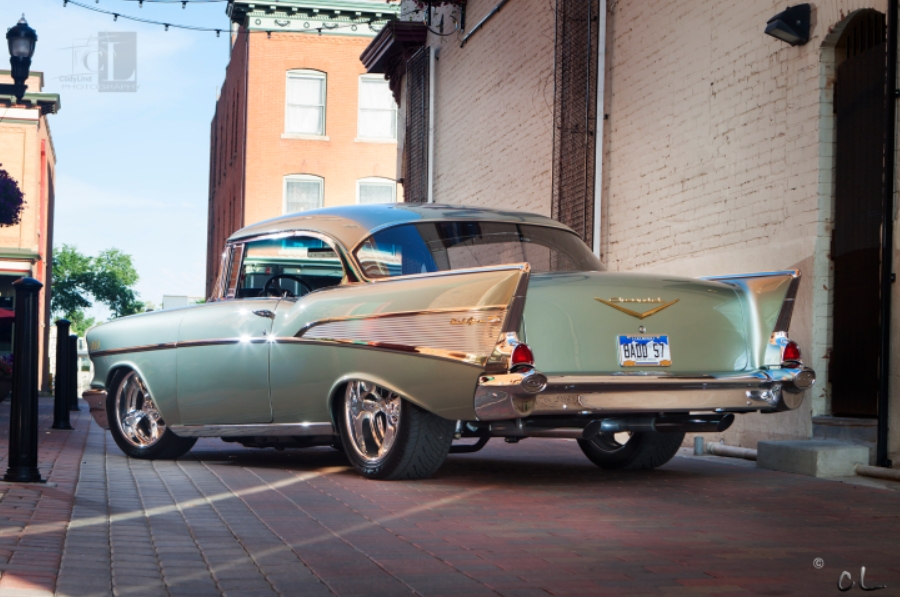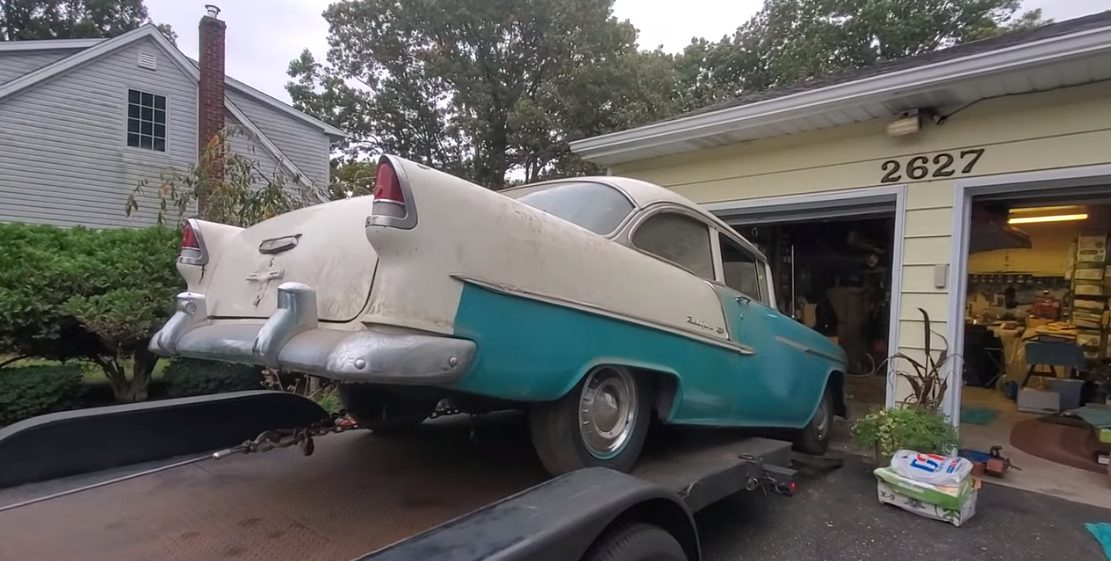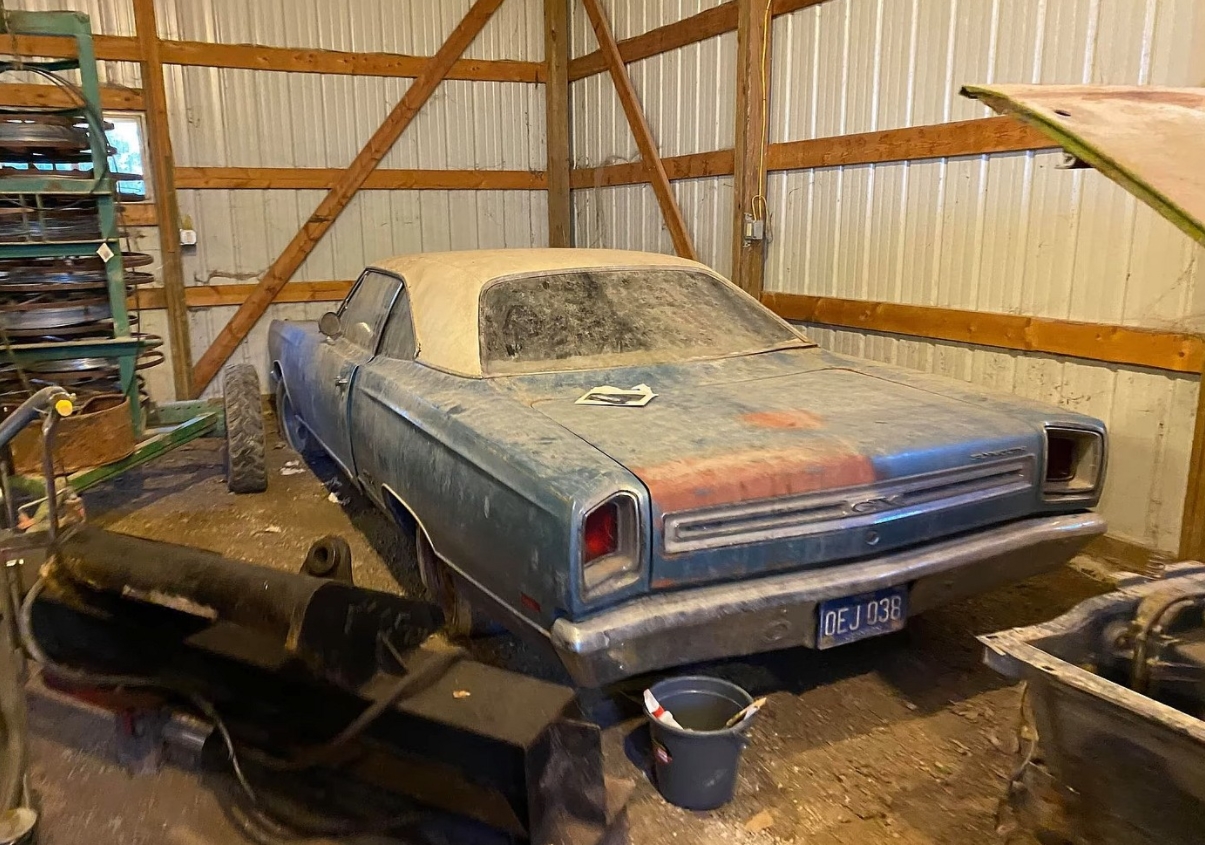Discover the latest creation of Oscar, The Volvo Heaven, this is a collection of automotive design projects created by Oscar Johansson, including Volvo Haven, Mercedes Benz Internship Project, Renault Odette Internship Project, and others.

The designs showcase a variety of styles and techniques, incorporating elements such as race car concepts, interior and exterior designs, and plant ecosystems within cars.
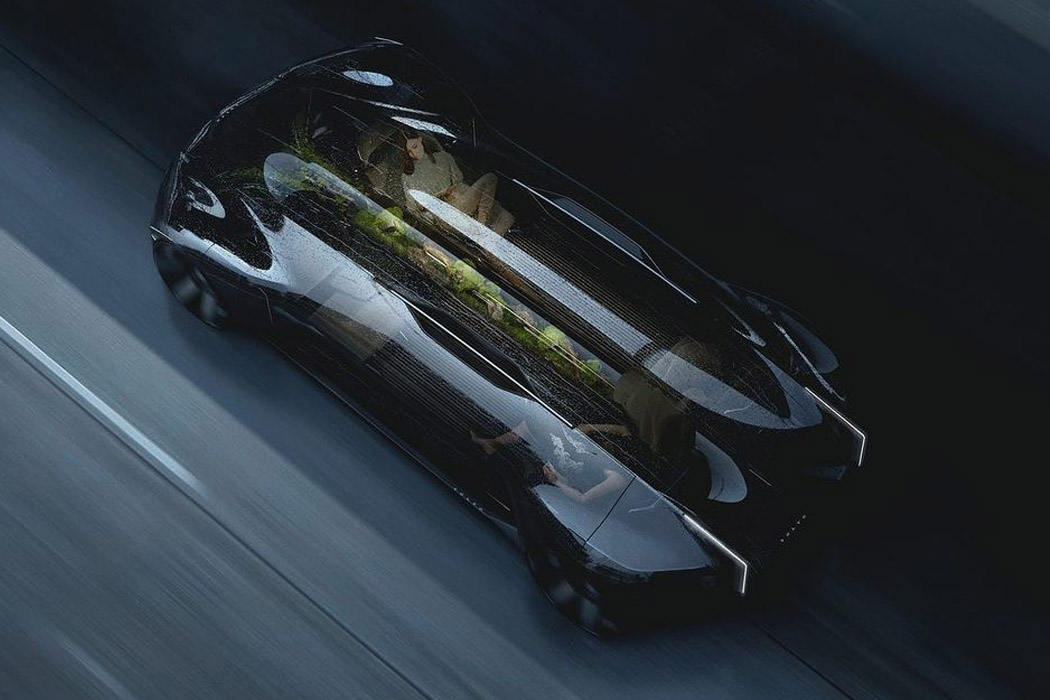
The future of the automotive industry is, without a doubt, electric and autonomous. We’re still years from the first fully self-driving car whose impact on the environment will be minimal compared to current internal combustion engines, but there’s no harm in dreaming about that bright (and clean) future.

Most carmakers and independent auto designers imagine a future in which autonomous vehicles (AVs) will be able to turn into genuine lounges on wheels.

As such, they would serve as out-of-office offices, new areas for socializing or entertainment hubs, allowing us to pass whatever spare time we still have in a more productive, socially-engaging, or entertaining manner.

Not a single one of them imagines AVs the way designer Oscar Johansson does with his Volvo Haven project. The idea came to Johansson while taking Pforzheim University’s MA Transportation Design course.
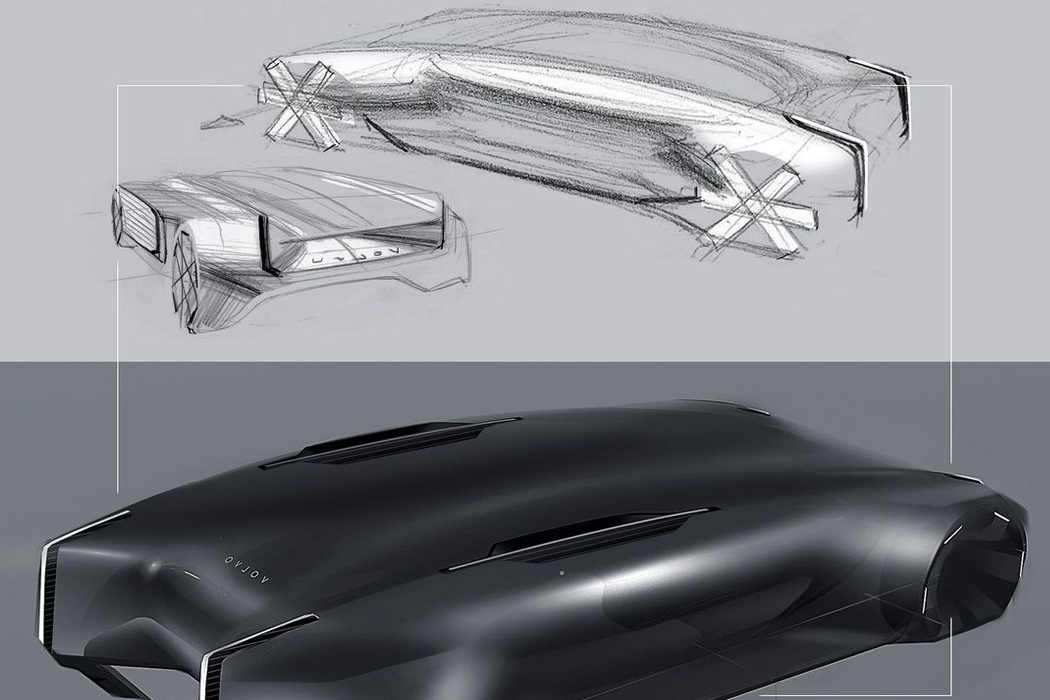
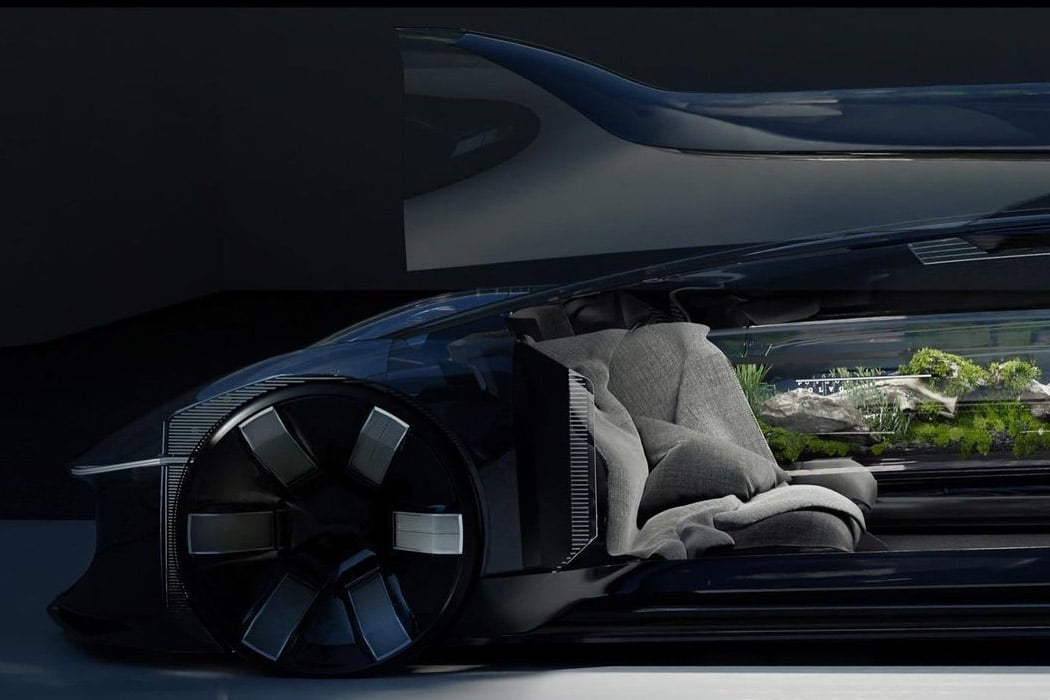

With help from Volvo Design, he turned it into his thesis project: a study into how the car of tomorrow can help man find the self of yesterday. Johansson is now working with Volvo and Polestar.

Haven goes in the opposite direction of all other ideations on the topic. Whereas they strive to keep the human occupant online at all times, either working or entertained, this one cuts takes him offline altogether.

Think of it as a bubble, a void in the digital space, one that can cure digital fatigue by helping the occupant find true quietness.

The idea is incredibly bold, especially considering today’s trends. There isn’t a single screen in the Haven AV, though it’s decidedly very futuristic in design. Made entirely out of see-through, almost transparent surfaces to add to the impression of airiness, this vehicle’s highlight is a tunnel-like enclosure that goes right through the middle, from one end of the vehicle to the other.

Inside this enclosure, which is large enough to accommodate whatever brings zen into the owner’s life but not big enough as to represent an actual divider between the passengers, renders show moss, plants, and rocks.

The enclosure is open at both ends, which allows the elements to creep in for an even more natural feel. Since this is the future and all cars are electric, that wouldn’t be fumes and soot, but dust, rainwater, wind, or pollen. Of course, this brings about the question of how one should clean the tunnel on the inside, or how often they would have to do it, but it feels like over-thinking at this point.

The idea is that Haven is more than just a means of transportation: it is the only way in which modern man (and woman) can effectively unplug. It is exactly what its name says it is, a haven, a place to run away and seek refuge from the noise of our modern lives, a place where one connects with nature again. And one can do so while chilling in a very living room-like setting.

Johansson imagines the interior of Haven in a familiar style. With seating for four, it’s furnished like a living room, reinforcing the idea that this is a lounge on wheels—with comfortable blankets, and more enough throw pillows to make any loving grandma jealous. This is a private place, and it’s fitted accordingly. It’s a place that places emphasis on wellness, and you can tell. The only major downside here is that the interior seems low enough to allow only sitting half-reclined, which, you will agree, must get tiresome pretty quickly—unless you’re sleeping, of course.
Source: autoevolution.com



